

This guide provides comprehensive information on selecting the appropriate wallboard screws for various applications. We'll cover different types, sizes, materials, and installation techniques to help you achieve professional results. Learn about screw head types, driving methods, and crucial considerations for ensuring secure and lasting drywall installations.
Several types of wallboard screws are available, each designed for specific applications and materials. Common types include:
The choice of screw type depends on factors like the drywall thickness, material density, and the application’s load requirements. Always consult the manufacturer's recommendations for the best results.
Wallboard screws come with various head types, each suited for different tools and aesthetics:
Selecting the correct drive type ensures efficient and damage-free installation. Using the wrong driver can strip the screw head, rendering it unusable.
Wallboard screws are typically made from steel, often with a variety of coatings to enhance corrosion resistance. Common coatings include zinc, phosphate, and specialized coatings offering additional protection in harsh environments. The choice of material and coating should align with the project's location and anticipated environmental conditions. For example, screws with corrosion-resistant coatings are highly recommended for use in bathrooms or other damp areas.
The length and gauge (thickness) of the wallboard screws are crucial for proper installation and holding power. Insufficient length can result in weak attachment, while overly long screws can protrude through the drywall. The appropriate length depends on the thickness of the drywall and the framing behind it. A slightly longer screw provides better holding power but avoid exceeding the maximum recommended length for your material. Using the correct gauge ensures sufficient strength and durability for the intended application. Consult the manufacturer's specifications and follow their guidance on screw selection for your specific drywall thickness and application.
Proper installation techniques are vital to achieve a secure and professional finish. This includes using the correct driver, avoiding over-tightening (which can damage the drywall), and ensuring the screws are driven straight to prevent pulling the drywall away from the framing. The proper technique also minimizes the risk of stripping the screw heads. For larger projects, using a screw gun helps ensure consistent driving and minimizes hand fatigue.
Different applications may require specific types of wallboard screws. For example, heavier materials or locations that experience significant vibration may benefit from using longer and thicker screws, offering more holding power. In applications like attaching heavy fixtures or furniture to the wall, appropriate fasteners in addition to wallboard screws should be used for securing. For instance, using anchors or stronger screws specifically designed for heavy-duty purposes ensures enhanced load-bearing capacity and prevents damage.
While possible in some cases, it's generally not recommended. Wallboard screws are specifically designed for drywall and offer superior holding power and a lower risk of damage.
Coarse thread screws are easier to drive into softer materials but may have slightly less holding power compared to fine thread screws, which provide superior grip.
| Screw Type | Thread Type | Material | Typical Application |
|---|---|---|---|
| Self-Tapping | Fine | Steel (Zinc-plated) | General Drywall Installation |
| Drywall Screw | Coarse | Steel (Phosphate-coated) | Softer Drywall |
| Drywall Screw | Fine | Stainless Steel | Damp Environments |
For more information on high-quality building materials and supplies, please visit Hebei Muyi Import&Export Trading Co.,Ltd. They offer a wide range of products to meet your construction needs.
Disclaimer: This information is for general guidance only. Always consult the manufacturer's instructions for specific product recommendations and safety guidelines.

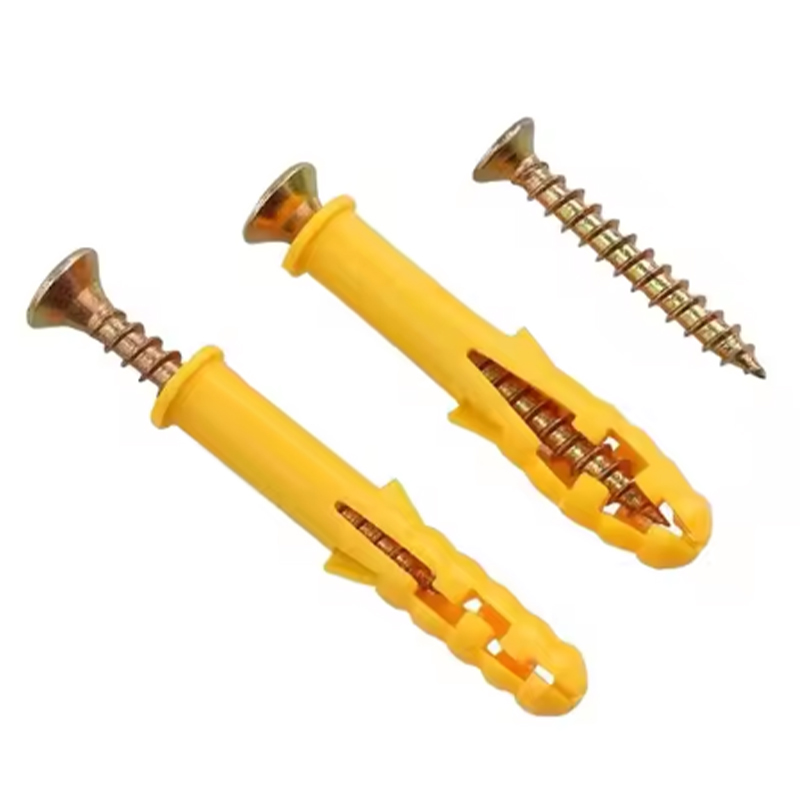
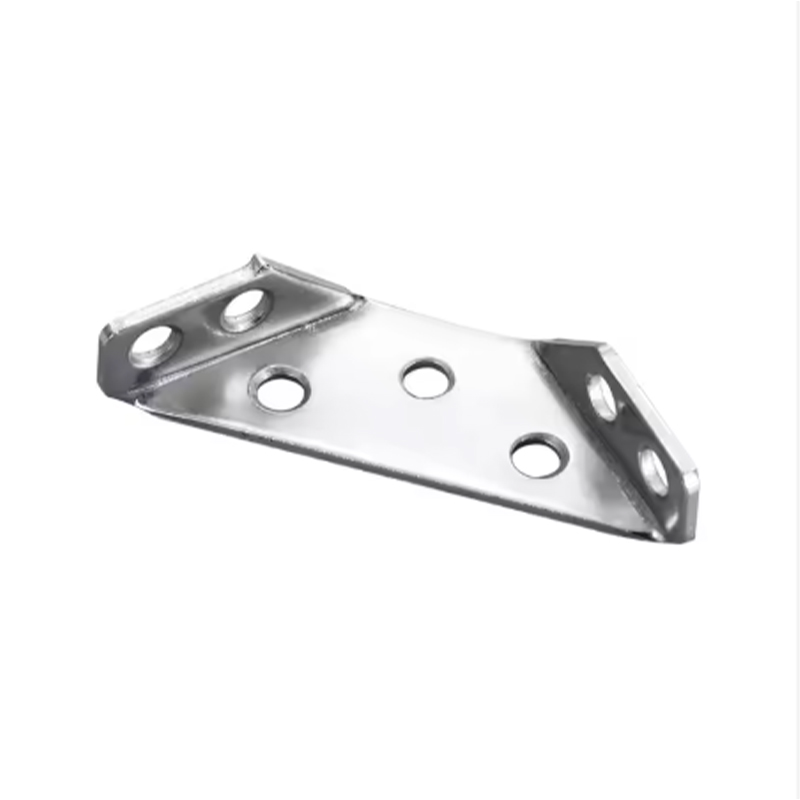

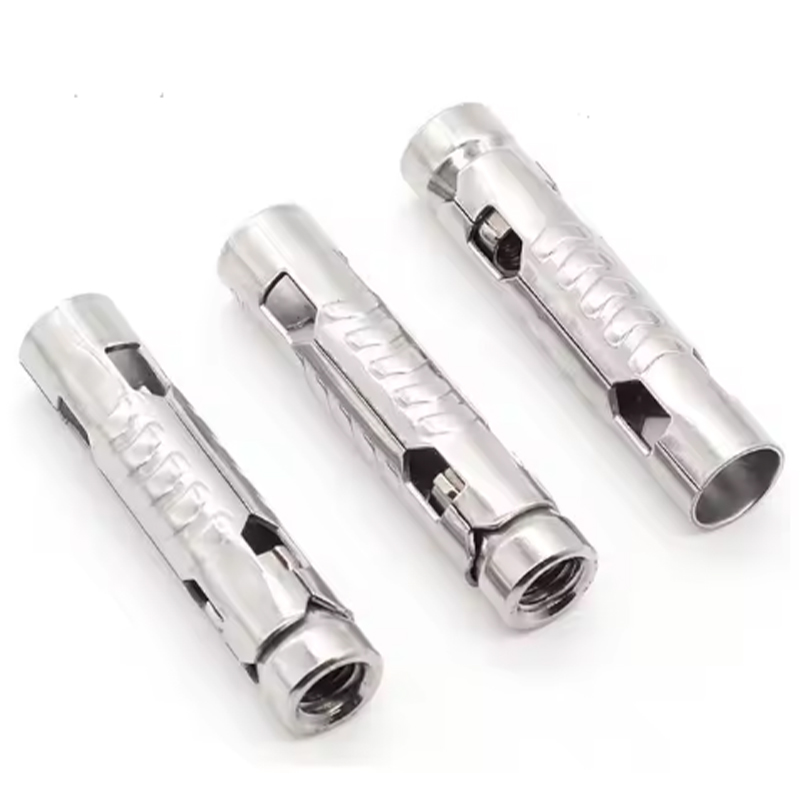
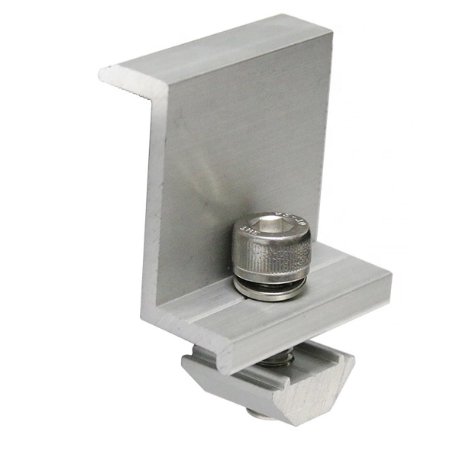
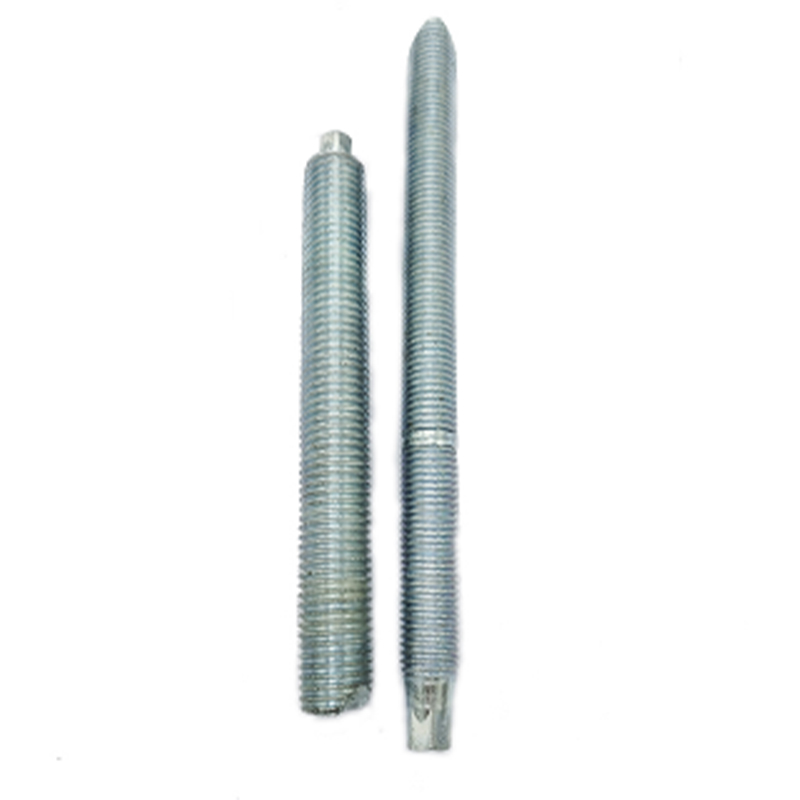
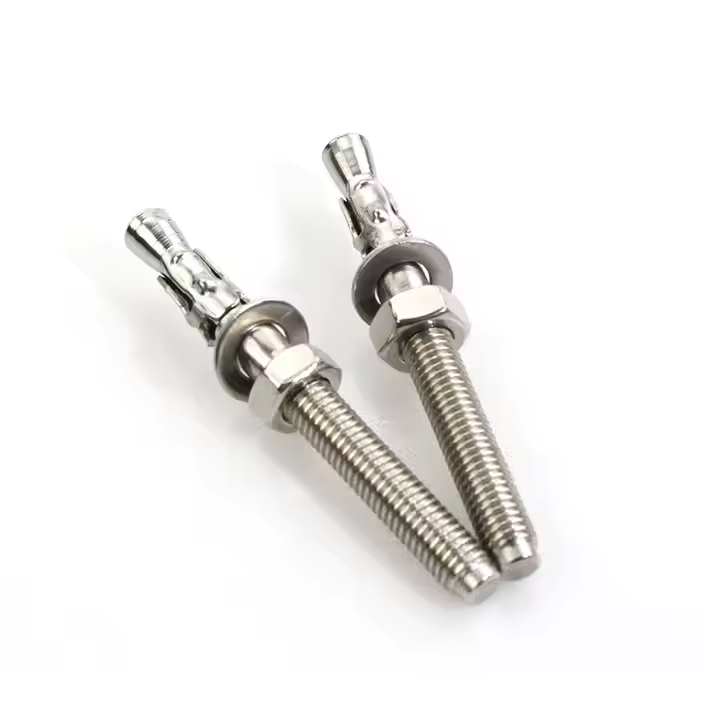


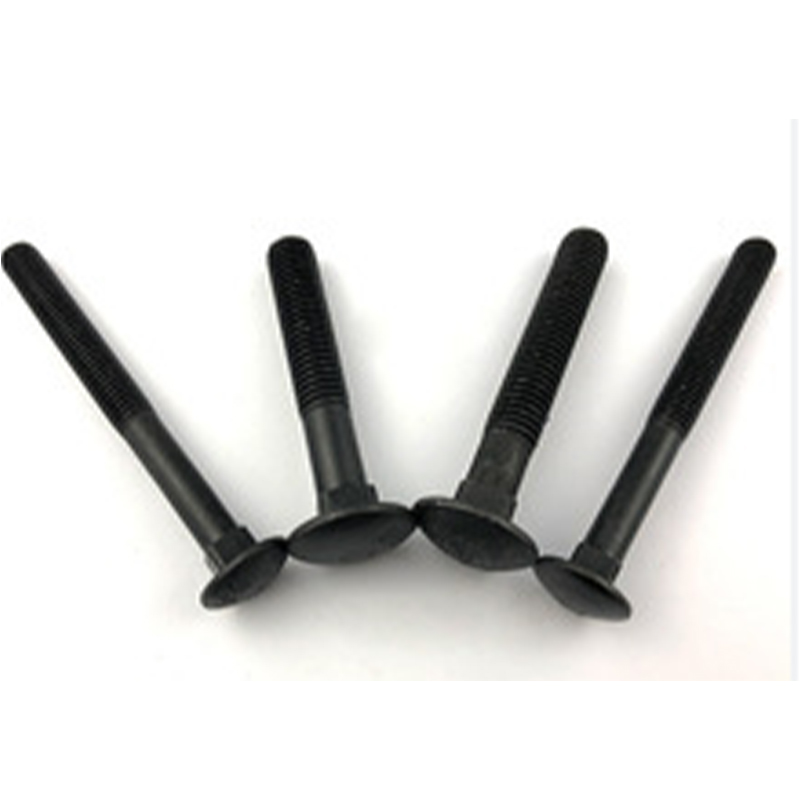

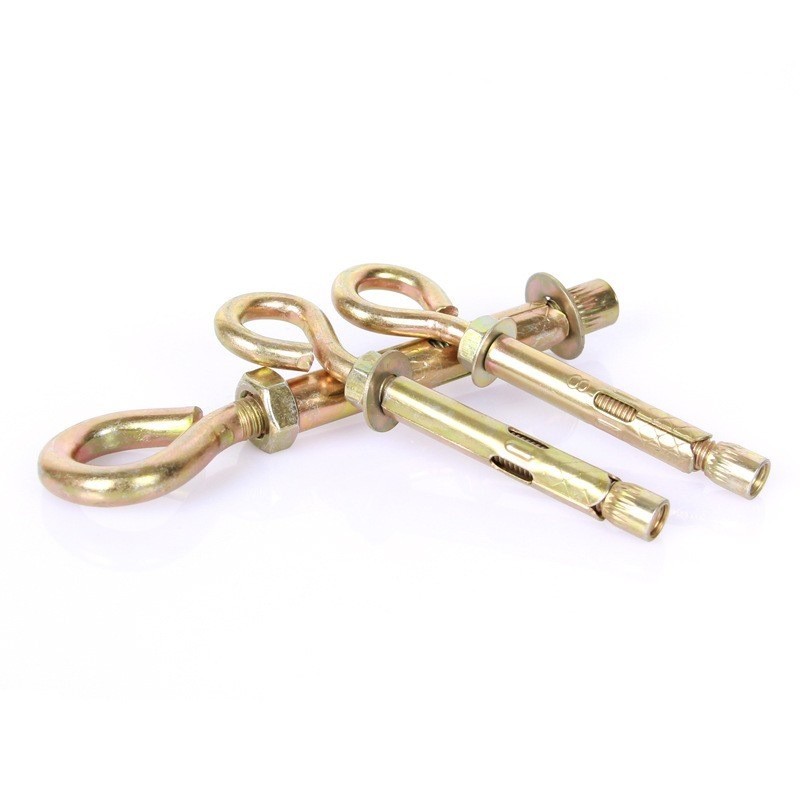
Please enter your email address and we will reply to your email.